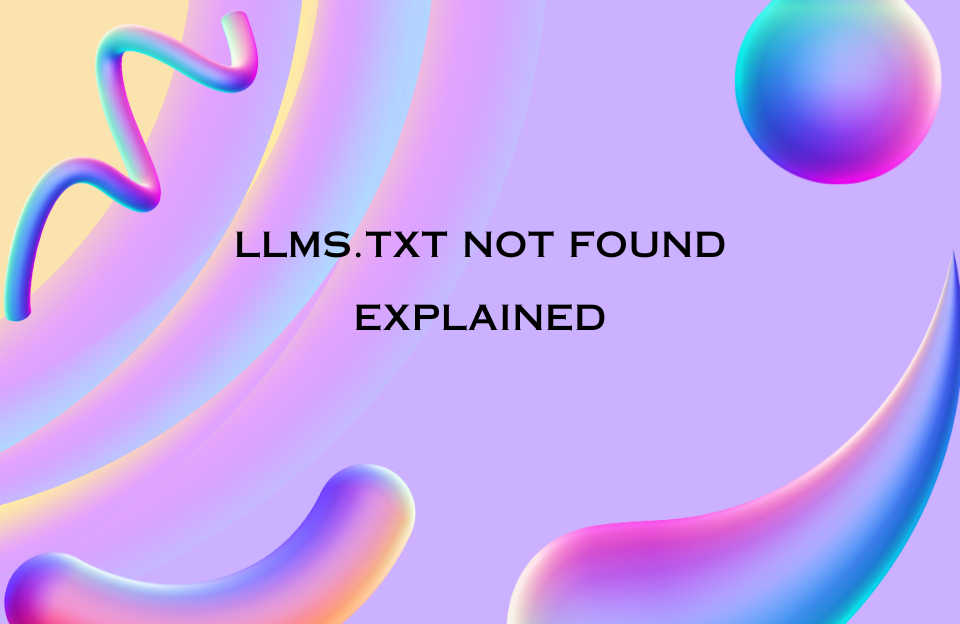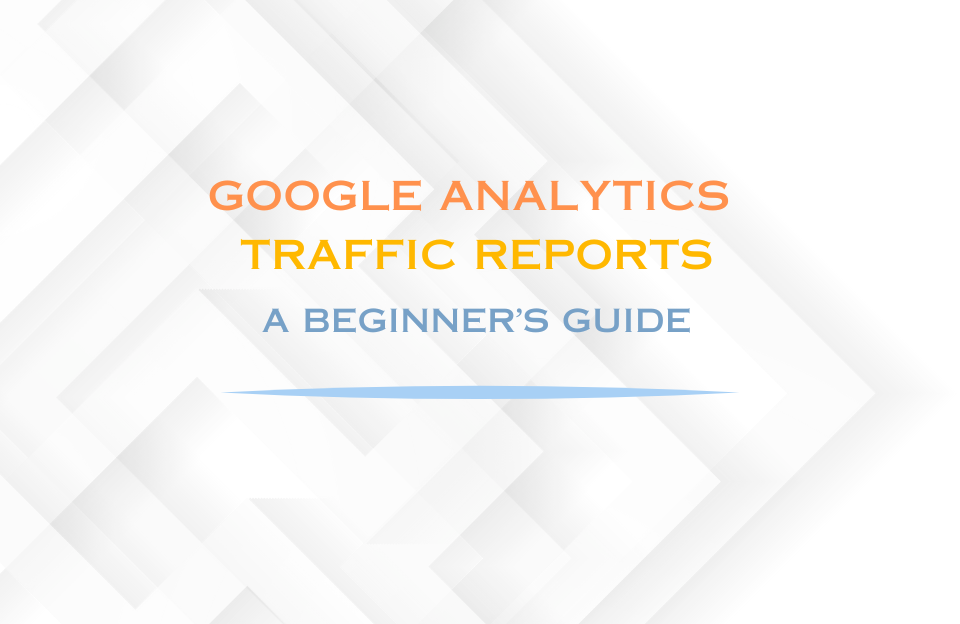Understanding Arrays in JSON
JSON (JavaScript Object Notation) is a lightweight data-interchange format that is widely used in web development and APIs. Among its core building blocks is the Array—a flexible and powerful structure for organizing data.
What Is a JSON Array?
A JSON array is an ordered list of values. It is written as a comma-separated list of elements between square brackets [ ]. These values can be of any JSON data type: strings, numbers, booleans, objects, arrays, or null.
[
"apple",
"banana",
"cherry"
]Here, we see a simple array of three strings. But arrays can also contain mixed types:
[
"Max",
26,
true,
null,
{
"role": "developer"
},
[1, 2, 3]
]This is perfectly valid in JSON, though in practice, consistent types within arrays are easier to manage.
When Should You Use a JSON Array?
Use an array when the data you’re representing is a list, collection, or sequence. Examples include:
- A list of users
- A product catalog
- Multiple phone numbers for a contact
- A history of transactions
JSON Array vs JSON Object
It’s important to distinguish between a JSON array and a JSON object:
| JSON Array | JSON Object |
|---|---|
| Ordered list of values | Unordered set of key-value pairs |
Uses square brackets [] | Uses curly braces {} |
| Accessed by index | Accessed by key |
Accessing JSON Array Elements
Suppose you have this array:
{
"colors": ["red", "green", "blue"]
}In most programming languages, you can access items using an index:
json.colors[0] // "red"
json.colors[2] // "blue"Indexes start at 0, not 1.
Nested Arrays
JSON arrays can contain other arrays. This is useful for representing matrices or grouped items:
[
[1, 2],
[3, 4],
[5, 6]
]You can access nested values using multiple indices:
array[2][1] // 6Best Practices
- Use arrays for ordered data, not for key-value mappings.
- Keep array values consistent in type when possible.
- Avoid deeply nested arrays—they reduce readability and increase complexity.
Common Use Case: Array of Objects
One of the most powerful and widely used JSON patterns is an array of objects. This structure allows you to represent a collection of similar data entries in a clean and organized way—ideal for APIs, databases, and web apps.
Let’s say you’re building an employee directory. A JSON array of employee objects might look like this:
[
{
"id": 101,
"name": "Alice Johnson",
"department": "Marketing",
"email": "[email protected]",
"active": true
},
{
"id": 102,
"name": "Bob Smith",
"department": "Sales",
"email": "[email protected]",
"active": false
},
{
"id": 103,
"name": "Carol Lee",
"department": "Development",
"email": "[email protected]",
"active": true
}
]Why is this structure useful?
- Each object represents a single record (in this case, an employee).
- You can easily loop through the array and access each object’s data.
- It mirrors how data is structured in databases—making it easy to serialize and deserialize.
Accessing Elements in Code
In JavaScript, you can loop over this array like so:
employees.forEach((employee) => {
console.log(employee.name + " - " + employee.department);
});This would output:
Alice Johnson - Marketing
Bob Smith - Sales
Carol Lee - DevelopmentModifying a JSON Array of Objects
You can add a new employee like this:
employees.push({
id: 104,
name: "David Kim",
department: "Support",
email: "[email protected]",
active: true
});Filtering the Array
Want only active employees?
const activeEmployees = employees.filter(emp => emp.active);This returns a new array with only the active ones (Alice and Carol).
Use Case Example in APIs
When calling an API to get a list of products, users, or orders, the response often looks like:
{
"status": "success",
"data": [
{ "id": 1, "name": "Product A", "price": 9.99 },
{ "id": 2, "name": "Product B", "price": 14.99 }
]
}Here, the key data holds a JSON array of product objects. This structure is scalable, easy to read, and easy to manipulate programmatically.
Conclusion
The JSON array is a fundamental part of data representation on the web. Whether you’re building an app, working with APIs, or setting up automation tools like n8n, understanding how arrays work and how to structure them makes your life as a developer or data analyst much easier.
In the next part of this series, we’ll explore JSON Objects in more detail and how they work alongside arrays to represent complex data structures.




